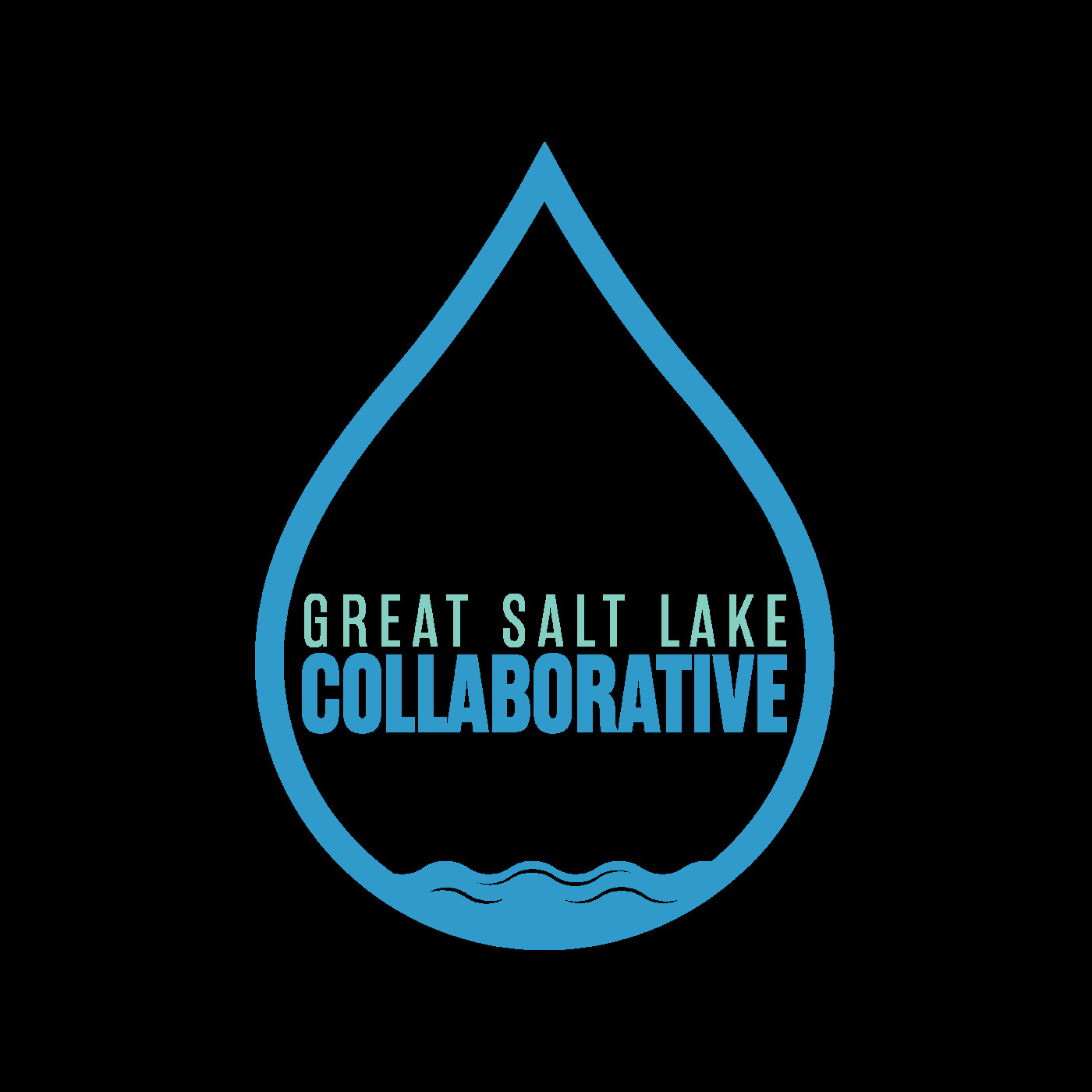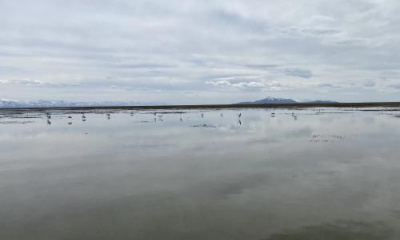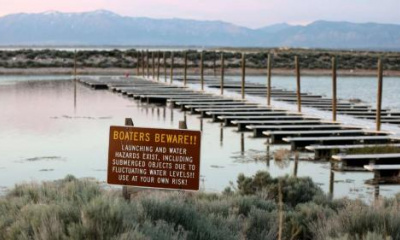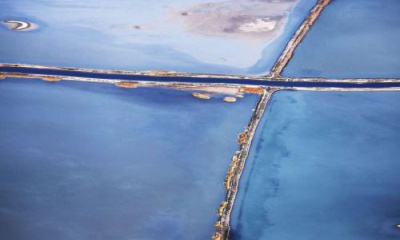THE WEST DESERT, Utah — It looks a bit like a mirage in the desert expanse.
A pump house, built in the 1980s at a time when the Great Salt Lake was at a record high, is still maintained and ready to run at a time when the massive water body is at a record low.
"It's Mother Nature, so we never know," said Eric Dixon with Utah's Division of Water Resources, who recently took FOX 13 News on a tour of the facility.
The Great Salt Lake itself is now 12 miles from the West Desert pumps. When the facility was completed in 1987, the lake was right up to it. The pump house was envisioned when catastrophic flooding hit the Salt Lake City area in the early '80s. State Street at one point was a river.
"During the flooding in the early '80s, the lake was at its peak high just under 4,212 [feet]. In order to keep the waters from continuing to flood the developed areas, the pump was put into place," Dixon said.
It takes water into a canal, pulls it up 20 feet and then spits it out into the desert down a four-mile canal. The pumps haven't been fully used since 1989. The water in the canals presently is just groundwater and rain from recent storms.
"We maintain this because we never know what’s coming in the future. It’s just to keep it because if the water does rise, we’ll be able to put the pump back into service," Dixon said.
It costs the state of Utah about $10,000 a year to send someone out monthly to turn on the pumps, change out gas tanks and ensure everything can still be operational. The equipment itself is a little dated (some of it could be run by computers now) but everything still works.
In an old office, there's a poster that proclaims the pumping effort is about "Taming the Great Salt Lake Monster." The lake is now at an all-time low because of drought, climate change and water diversion. Levels are so low, boats have been pulled from the Great Salt Lake Marina. Utahns face an ecological catastrophe with toxic air, reduced snowpack and impacts to the state's economy and wildlife. Political leaders in Utah have reacted with alarm, pumping millions into efforts to get more water into the lake.
Lynn de Freitas, the executive director of the environmental group Friends of Great Salt Lake, said she did not oppose the state keeping the pumps running.
"We paid a lot of money for them. They served their purpose back in the super El Niño years of '86, '87. Going out there and starting the pumps up just to make sure they still run is a no-brainer," she told FOX 13 News. "The lake has been known to fluctuate. That being said, we are in a period of drought exacerbated by climate change. But climate change, you know, it can be very unpredictable."







